More Stories

Outside of few minor snow events, 2021 has begun rather monotonous in the weather department. Storms have been hard to come by, with temperatures at or above average so far. But all trends tend to end, for better or for worse, and signs point to winter making a comeback sooner rather than later.
As we look ahead to the end of January and beginning of February, the polar air that we've become accustomed to during the heart of winter - polar vortex, a household name these days - is expected to begin spilling southward from the arctic through a process called 'stratospheric warming.'
Yes, you know about the polar vortex... but do you really know about the polar vortex?
It is nothing more than a large area of swirling cold air, confined to our polar regions. When the polar jet stream is strong, the vortex is stable and remains bottled up near the North Pole. This is where it remained much of last year, hence the staggering lack of snow and cold for many in the United States and Europe.
Often times during the winter, however, the vortex can become unstable for several reasons - resulting in much of that frigid air breaking off and plunging down in the lower 48. These two modes are known as 'Arctic Oscillation.'
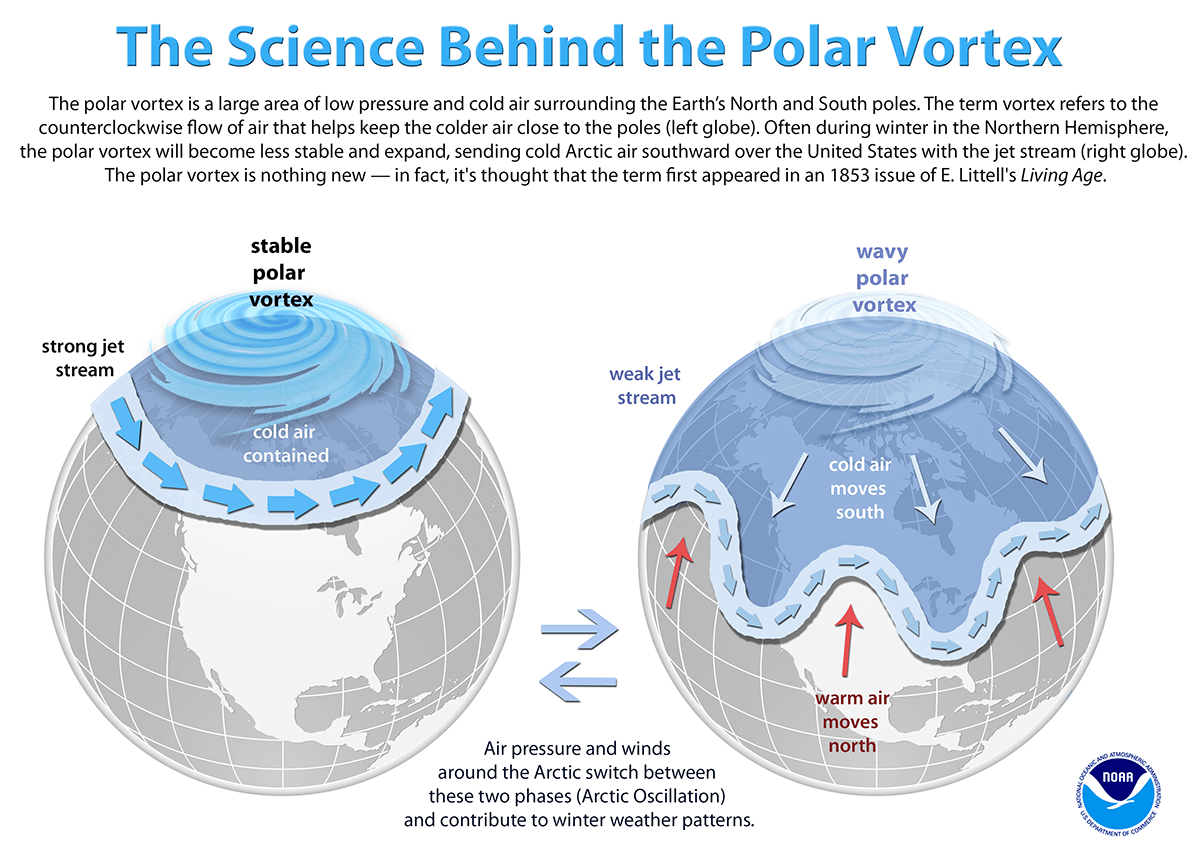 The state of the polar vortex plays a key role in our winter weather. Image courtesy of NOAA.
The state of the polar vortex plays a key role in our winter weather. Image courtesy of NOAA.
In this case, the reason for the weaker vortex is the aforementioned stratospheric warming. This warming event is nothing more than a high-altitude temperature spike occurring near the polar region. That warmer than normal air can act to weaken the jet stream and force some of that bitter air south.
Before I get up the hopes of our cold/snow-loving constituents, it is important to temper expectations. While stratospheric warming is notorious for throwing the polar vortex out of whack, there is no iron-clad guarantee that it will mean bone-chilling temperatures for your neighborhood. It is also important to note that even if events like these send down ample chilly air, snow is not a certainty - you still need an active jet stream to spit storms at you and align with the cold. And for big snows, a North Atlantic "blocking" pattern also needs to set up, to slow down storms that may try to exit the area too quickly.
That being said, the odds will certainly be favorable.
But while kids both young and old may rejoice in the aesthetics of winter, cold and snow may not be what the doctor ordered - quite literally. With the global pandemic ongoing and the demonstrated ability of COVID-19 to spread much more easily indoors, a harsh winter could be quite problematic this year.
More from News 12
1:52
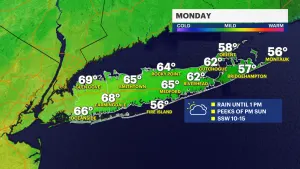
Rainy Monday morning on Long Island; dry stretch starts Tuesday
1:52
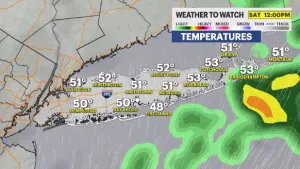
WEATHER TO WATCH: Rain could make for a soggy New Year's Eve
2:07
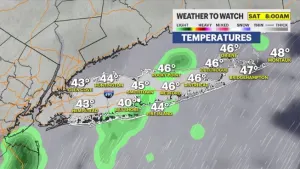
WEATHER TO WATCH: Rain could dampen New Year's Eve plans
2:04
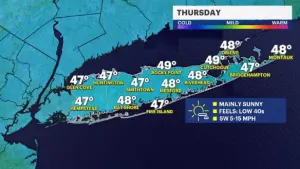
Weather warmup continues through Friday, possible rain for weekend
2:09
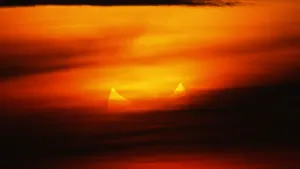
Sunrise solar eclipse is Thursday – everything you need to know!
1:50
